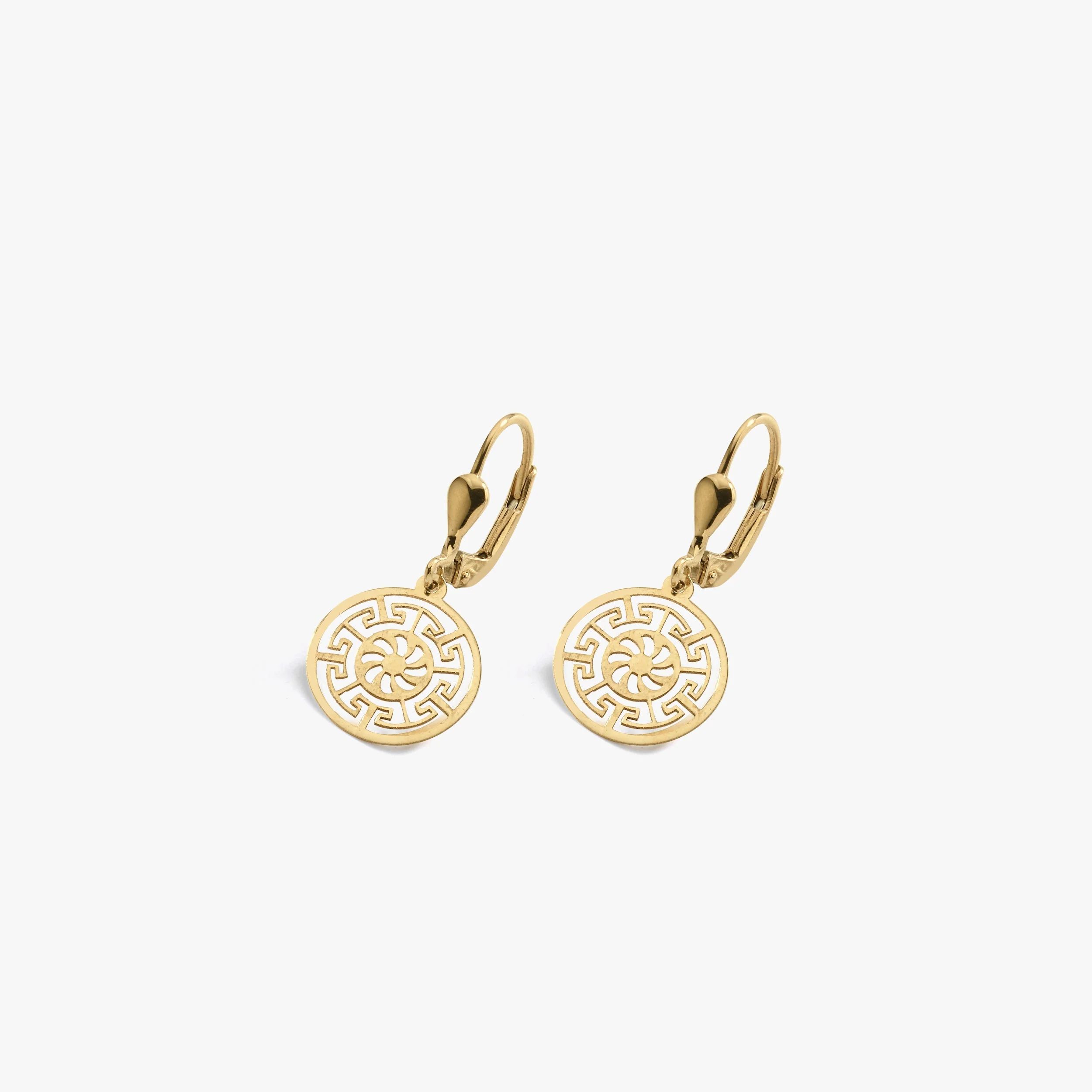Understanding Gold Jewelry: Purity, Colors and More

Gold jewelry has been cherished by people around the world for centuries, not only for its beauty but also for its value. To truly appreciate and choose the right gold jewelry, it's essential to understand some key aspects. Let's dive into the world of gold jewelry and explore its secrets.
Purity of Gold
The purity of gold is one of the most important factors to consider. Gold in its purest form is very soft, so it's often mixed with other metals to make it more durable for jewelry making. The purity of gold is measured in karats (kt).
24-karat gold is considered pure gold, containing 99.9% gold. It has a bright yellow color but is too soft for most jewelry that's worn daily, as it can easily scratch or bend.
18-karat gold consists of 75% gold and 25% other metals. It's a popular choice for high-quality jewelry, offering a good balance between purity and durability. It has a rich, warm color and is suitable for a wide range of designs.
14-karat gold contains 58.3% gold and 41.7% other metals. It's more durable than 18-karat gold, making it a great option for everyday jewelry like rings and bracelets. Its color is slightly paler than 18-karat gold but still has a lovely golden hue.
10-karat gold has 41.7% gold and 58.3% other metals. It's the most durable among common karatages and is often used in affordable jewelry. The color is even lighter, with more of a hint of gold.
Colors of Gold
Gold jewelry comes in a variety of colors, and this is mainly due to the different metals mixed with pure gold.
Yellow gold is the classic color that most people associate with gold. It's created by mixing pure gold with metals like copper and zinc. The proportion of these metals can affect the shade of yellow, ranging from a pale yellow to a deep, rich gold.
White gold has a silvery-white appearance. It's made by mixing pure gold with white metals such as nickel, palladium, or silver. To enhance its white color and add durability, white gold jewelry is often plated with rhodium, which gives it a bright, shiny finish. Over time, the rhodium plating may wear off, but it can be re-plated to restore the jewelry's look.
Rose gold, also known as pink gold, has a charming pinkish hue. This color is achieved by combining pure gold with a higher percentage of copper. The more copper in the mixture, the deeper the pink color. Rose gold has become increasingly popular in recent years for its unique and romantic look.
Caring for Gold Jewelry
Proper care can keep your gold jewelry looking its best for years to come. Here are some simple tips:
Avoid wearing gold jewelry when doing household chores, especially when using harsh chemicals like bleach, as they can damage the metal and any gemstones set in it.
Remove your gold jewelry before swimming, as chlorine in pools can cause discoloration.
Clean your gold jewelry regularly. You can use a mild soap and warm water, gently scrubbing with a soft brush. Rinse thoroughly and dry with a soft cloth.
Store your gold jewelry separately in a jewelry box or pouch to prevent scratches from other pieces.
By understanding the purity, colors, and proper care of gold jewelry, you can make more informed choices when purchasing and maintaining your precious pieces. Whether you prefer the classic elegance of yellow gold, the modern look of white gold, or the romantic charm of rose gold, there's a gold jewelry piece out there that's perfect for you.

Comment